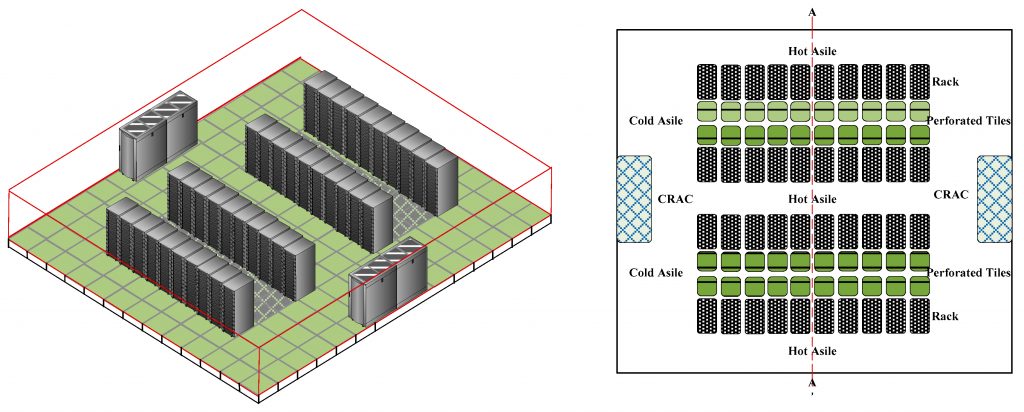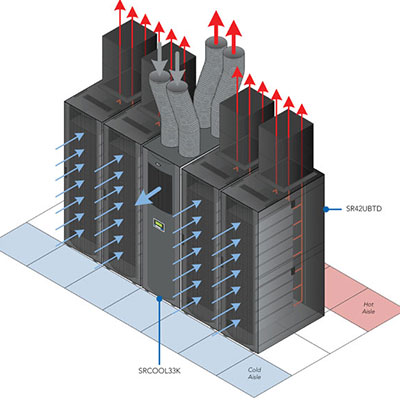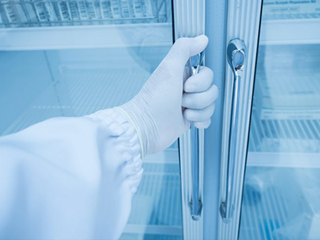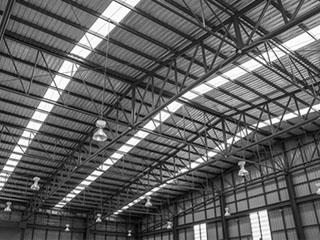The evolution of data centers has seen progress in the technology of data center design. To optimize data center performance, engineers and scientists are looking for ways to improve data centers. Cognizant of the growing market demand, data centers are vital resources in our daily lives nowadays.
One significant approach to better data center operations is to integrate containment measures. The rationale behind the science of containment follows the objective of preventing hot and cold air mixing. Studies have found that airflow is a crucial variable in optimizing and reducing operational costs. In some cases, 50% of airflow can be wasted. This means that air bypasses the IT equipment that is supposed to cool down and essentially flows back to a cooling unit without doing any valuable work. You are spending money to create cold air that is of no benefit.
Datacenter containment addresses the following issues critical to the success of data centers:
-
Lowering the occurrence of hotspots.
-
Take advantage of the cooling capacity of an air conditioning unit.
-
Preventing the need for added cooling units.
-
Reducing costs.
Identifying The Science Behind Containment Solutions

Photo Credit: www.mdpi.com
There are different containment approaches. These approaches are practically customized to fit a data center’s needs. Ultimately, the containment process endeavors to provide these benefits:
-
Efficient energy output.
-
Lowering of bypass airflow rate.
-
Efficient cooling turnout.
-
Enable added rack and server load without compromising cooling capacity.
-
Extends IT equipment’s lifespan.
The potential of data center containment is particularly credited to the type of containment one integrates.
True to its name, a hot aisle containment serves as an enclosure for hot aisles. This kind of containment enables the separation of supply and returning air. In the process, it prevents hot and cold air from exchanging. Using ductwork, the discharge air released by the IT equipment goes back to the cooling unit.
Added benefits of hot aisle containment include:
The most significant attribute of hot aisle containment is how it cools a room efficiently. In this regard, the data center can benefit by improving its cooling capacity. The capability to separate exhaust hot air in the room enables easy cooling for the conditioned air present still. It also ensures that exhaust air is maintained in a hot and dry condition as it flows back to the main air-conditioning unit. Being able to return the hottest air prompts your cooling unit to double its cooling capacity.
The biggest consideration in a cold aisle containment system is the crucial role of airflow controls. Cold aisles work to facilitate a uniform level of cold air to flow into the IT equipment. To manage the constant level, airflow controls are needed to predict the supply of air for a particular aisle. A predicted airflow prevents hot spots. It also highlights optimal operating efficiency. Ultimately, cold aisles work best to provide intake air temperatures at a constant setpoint.
There are also different modes of configuration for a cold aisle. Again, this is dependent on the performance demands a data center works for. It comes in these basic forms:
-
- Single or Double Sliding Doors with a Hard Roof.
- Hard division along with Single or Double Sliding Doors.
- Soft divisions incorporated with Strip Doors.
- Single or Double Sliding Doors alongside Directional Airflow Panels.
The bright spot in cold air containment is its capacity to address the problems on unutilized top racks. Top racks are prone to hot spots when cooling and air circulation are not at par. Cold air containment can cover that loophole.
As data centers continue to evolve, such are the complementary functions it possesses. Virtual containment is an answer to the setbacks faced by physical containment. In a physical containment, many prerequisites limit the optimal operational capacity of a data center. A few of them are:
-
-
Containment roofs negate the flexibility of the infrastructure
-
Requires bigger cost investment
-
Critical risk in fire occurrences
-
Require additional lighting systems
-
Limits data center service distribution
Virtual containment is designed to address the aforementioned limitations. In principle, containment is a system of functional parts that enables better flexibility and adaptability according to the need.
Virtual containment upholds the use of directional airflow panels. The angular structure functions to face the IT rack giving little space for bypass air to go through. The panels alone have a 93% capture index, ensuring that air relayed through them can be distributed directly to the IT rack.
Is Airflow Management Better Than Cooling Optimization?
Relevant to the science behind containment is the debate on which is the most significant to take in optimizing data centers. While containment may fall under the airflow management category, it also adheres to the same principles of cooling optimization.
In reality, both should be integrated into conjunction with each other. With sound airflow management, data centers facilitate better air utilization. Employing cooling optimization measures and data centers will gain a much-improved energy-efficient output.
The science behind containment enables the two functions to complement each other for the best results. How?
-
Containment systems are major heat repellants. When heat dissipates, the desired temperature is sustained. At best, it will fall within serviceable industry levels.
-
Airflow controls in a cold aisle containment allow better maintenance of ideal temperature at 65°F to 80°F. Also, it lessens the energy expenditure and negates wastage and variable costs.
Sensors As Containment Optimizers
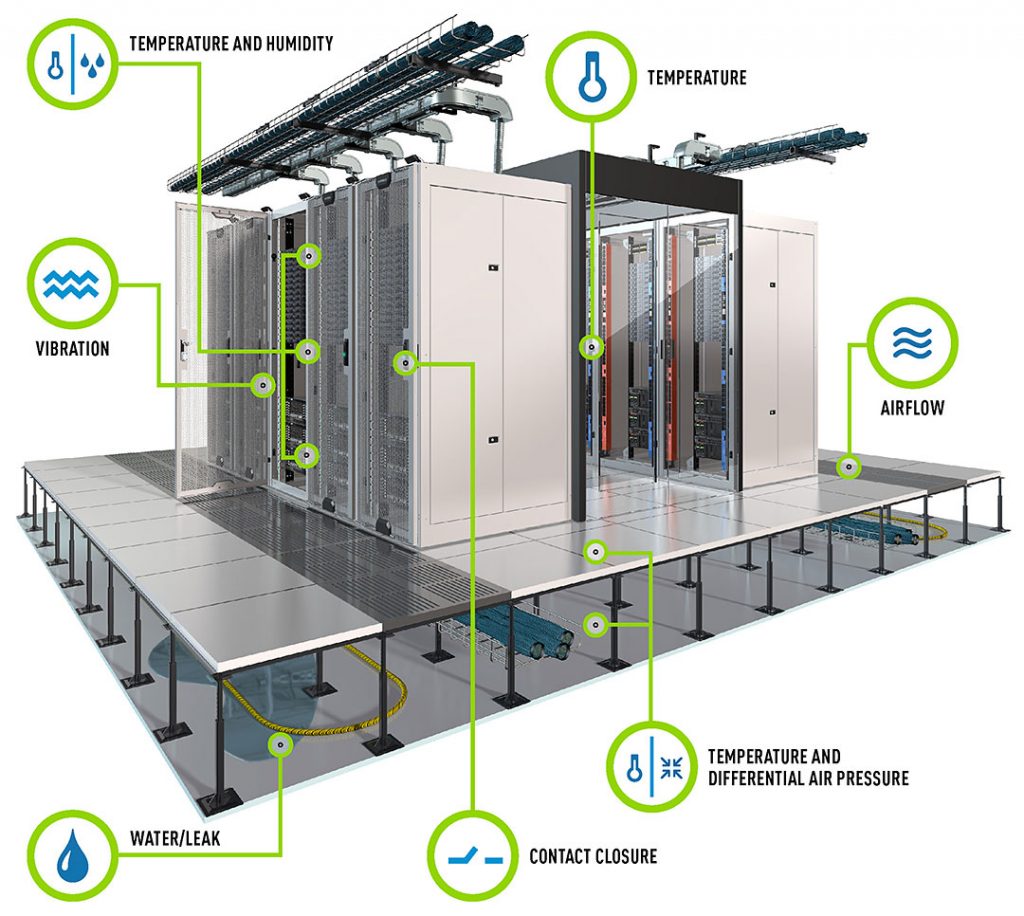
Photo Credit: www.raritan.com
Throughout the whole containment installation, it is of utmost importance to continuously check and maintain optimum performance. In line with this, the measure of efficiency is a must to avoid downtime. Environmental parameters are basic indicators that containment is doing its intended function. As such, a properly monitored containment system lessens the risk of failure.
The science behind containment allows further enhancement in the system. To optimize the containment measures, monitoring sensors are a basic addition to the system. It provides an evidence-based measurement as well as a proper warning for any issues that can detriment the facility. An optimal monitoring solution should relay the necessary data that is crucial in streamlining the operations.
AKCP sensors are part of an array of data center monitoring solutions. The technology can monitor and protect the data center to avoid any system failure. It boasts of an intelligent hot and cold aisle containment sensor that focuses on particular parameters.
-
In a cold aisle containment system, AKCP dual temperature and humidity sensors can check and maintain aisle temperature. The constant gauge can ensure that aisle is in standard condition and is not extracting too much energy because of cooling.
-
For IT cabinets along the aisle, AKCP temperature sensors can be placed at the front and rear, top, middle, and bottom. It can predict temperature differential from the front to rear providing better data oversight when monitoring.
-
To check airflow in cold and hot aisles, AKCP air pressure sensors check on pressure differences to prevent hot air from mixing in the cold aisle.
-
Incorporating an intelligent monitoring system requires other sensors to check on water leaks and access controls. The rope water sensors by AKCP can be positioned under access floors, at different rack levels, and aisle access enabling better control.
AKCPro Server
Displaying the whole containment system, the AKCPro Server is a sound monitoring interface for visual checks. AKCPro Server is a world-class central monitoring and management software. While the AKCPro Server is suitable for a wide array of monitoring applications, it suits properly with monitoring data centers. The server can monitor all containment infrastructure. It is capable of providing granular visibility for regular checks. It projects containment maps for an easy pinpoint of action items.
AKCPro Server can be configured to monitor all deployed AKCP devices and attached sensors. So whether visibility is a priority or environmental checks are necessary at a given time, AKCPro Server can give users the oversight on the data they need.
The Future Of Data Centers
These advancements in technology are proof that the need for data in our everyday lives is instantaneous. The backbone to which data can be delivered fast is data centers running at optimum to facilitate our daily demands. Due to this ever-changing nature, data center managers are tasked to provide the right solutions.
Future-proofing data centers do not only rely on the type of containment used. It is a combination of a lot of things. However, while we are at it, the science behind containment, when done right will not fail. It is vital to integrate the “best fit” containment method. It is also equally crucial to remain steadfast and supplement the containment system with monitoring solutions. These are foolproof ways of maximizing cooling potential and enhancing airflow.
Reference Links:
https://www.tateinc.com/en-us/data-center-containment
https://blog.se.com/datacenter/
https://www.upsite.com/blog/how-the-perception-of-airflow-management-has-changed-over-the-years/
https://www.tateinc.com/en-us/learning-center/aisle-containment-for-data-centers/what-is-virtual-containment
